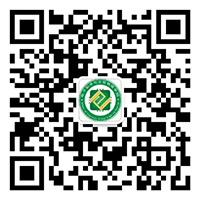报告时间:2020年01月08日(星期三)9:00-11:00
报告地点:翡翠湖校区科教楼A座第五会议室
报告人:褚智勤 教授
工作单位:香港大学
举办单位:welcome888集团网站/888集团
报告人简介:
Dr. Chu received his B.S. and PhD degrees all in Physics from Northwest University (China) and The Chinese University of Hong Kong, in July 2008 and July 2012, respectively. After one year as postdoctoral fellow in the same group, Dr. Chu carried out his postdoctoral research (2014/04-2016/09) at The University of Stuttgart (Germany). Dr. Chu moved back to Hong Kong in October 2016 and worked as a Research Assistant Professor in Department of Physics at The Chinese University of Hong Kong. Since November 2018, Dr. Chu has been an Assistant Professor in Department of Electrical and Electronic Engineering (Joint Appointment with School of Biomedical Sciences) at The University of Hong Kong. Dr. Chu received the Chen Ning Yang Scholarship from The Chinese University of Hong Kong in 2012, and also The Finalist of Hong Kong Young Scientist Awards (under physics track) from The Hong Kong Institution of Science in 2013.
报告简介:
Color centers in diamond are fluorescent lattice defects formed by impurity atoms or vacant lattice sites, and are uniquely identified by their spin and optical properties. In particular, the negatively charged nitrogen vacancy (NV) centers show interesting quantum behaviors, which can be optically manipulated and readout even at ambient conditions. This so-called quantum sensing through NV centers has been demonstrated to measure various physical quantities such as magnetic field, with unprecedented sensitivity and precision. Nevertheless, the promised great potential of NV centers in many practical applications are yet to be explored. In this talk, I will introduce our recent work on the development of diamond based hybrid nanosensor through NV spin relaxometry, being capable of monitoring various physical quantizes in physiological conditions. Due to the unique quantum features of NV centers in diamond, I will discuss the corresponding development for a number of potential applications ranging from biomedical research to industry.







